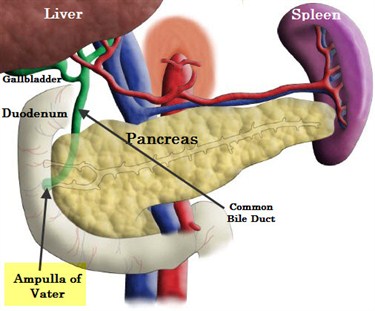Would it not be fantastic to be able to reduce radiation cancer treatment to one session. Those who have or had cancer may have experienced several treatments of radiation and they can really take its toll on the human body.
Fred Hawthorne who wants to kill cancer with tiny nuclear bombs loaded into each diseased cell will be honored early next year at a White House ceremony celebrating the nation's top scientists and innovators.
Hawthorne is pioneering the use of boron as an anti-cancer agent. His research, he said yesterday, is intended to replace lengthy and painful radiation treatments with one effective session that wipes out the diseased tissue.
To do so, he and his team are developing techniques that load the cancer cells with boron. The tissue is then bombarded with neutrons, which are easily absorbed by the boron.
"That capture event causes a tiny nuclear explosion, which degrades the boron atom and the neutron," Hawthorne said. "That releases a lot of energy locally, and it kills it very selectively."
"We have everything we need provided by the university, and we are very, very thankful," Hawthorne said. "I feel they have done very, very well by us, and we are bringing home the bacon."
A set of animal trials testing the use of boron as an anti-disease agent went well, and Hawthorne said the research is being prepared for publication. He expects the treatments might be ready for human use in about five years.
"There is no reason it shouldn't work, given a chance," he said. "What we needed is a demonstration in animals that it is effective, and that is coming along very nicely."
Boron capture therapy also holds promise as a potential treatment for arthritis, heart disease and Alzheimer's, an MU news release said. "When Dr. Hawthorne came to UM in 2006, I was sure that he would advance MU's national leadership in nanomedicine and cancer research while providing breakthrough technology and medical solutions for the world," Chancellor Brady Deaton said in the news release. "This acknowledgement by President Obama of Dr. Hawthorne's work is especially gratifying and well deserved."
Hawthorne, 84, has more than a theoretical interest in the research. Since arriving in Columbia, he has been treated for a cancerous growth on his tongue, which required surgery, a dozen chemotherapy treatments and 35 radiation treatments. If boron treatment had been available, it would have replaced the radiation therapy, he said.
The boron is delivered in a method that takes it directly into the cancer cell and no other cells of the body, he said. "It goes to the proper place, it is irradiated down there and it's finished. It is all over, and that is all he needs."























